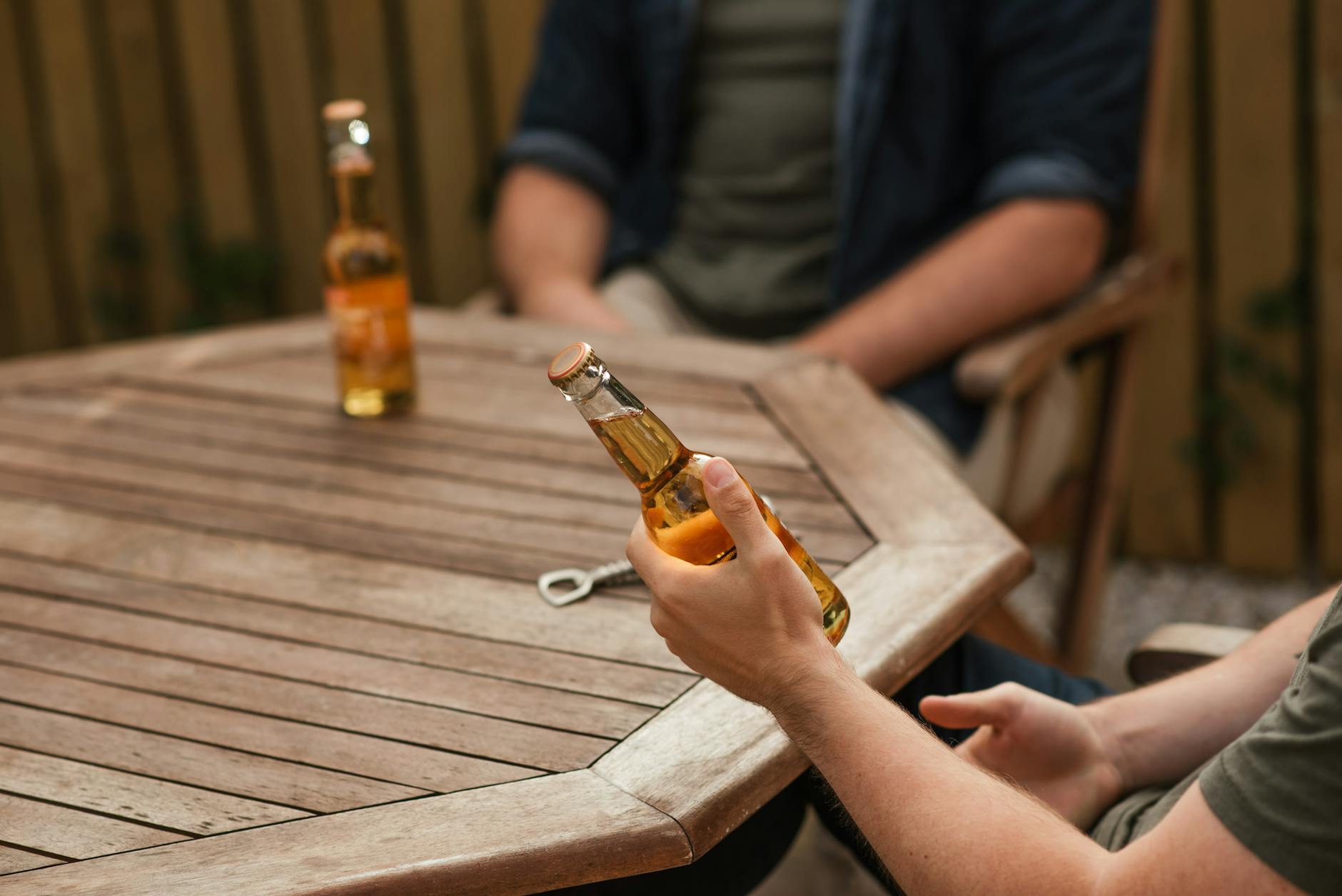Discover the surprising science behind alcohol intoxication levels and the factors that influence how many beers it takes to feel drunk.
Table of Contents
Have you ever found yourself pondering the age-old question: “How many beers does it take to get drunk?” The answer may not be as straightforward as you think. In this blog post, we will delve into the intricate world of alcohol metabolism, individual tolerance levels, and the myriad of factors that can influence how quickly someone becomes intoxicated.
Alcohol Metabolism
When you consume alcohol, it undergoes a complex process of metabolism in your body. The liver plays a crucial role in breaking down alcohol, with enzymes such as alcohol dehydrogenase and aldehyde dehydrogenase helping to convert ethanol into acetaldehyde and then acetic acid. Factors such as age, weight, and gender can impact how quickly this process occurs.
Individual Tolerance Levels
Have you ever noticed that your friend can handle a few more drinks than you before feeling intoxicated? This is where the concept of tolerance comes into play. Regular alcohol consumption can increase a person’s tolerance, meaning they may need more drinks to achieve the same level of intoxication. Additionally, genetic factors can also play a role in determining how sensitive someone is to the effects of alcohol.
Factors Influencing Intoxication
While the number of beers consumed certainly plays a role in how drunk someone gets, there are several other factors to consider. For example, eating a meal before drinking can slow down the absorption of alcohol into the bloodstream, potentially delaying the onset of intoxication. Staying hydrated can also help mitigate the effects of alcohol. Moreover, mixing different types of alcohol can intensify intoxication, as each type may have varying alcohol concentrations.
Conclusion
Understanding how many beers it takes to get drunk is not a simple equation. It involves a combination of alcohol metabolism, individual tolerance levels, and various influencing factors. It is important to drink responsibly, be aware of your limits, and never drink and drive. By being informed about these factors, you can make informed decisions about alcohol consumption and ensure a safe and enjoyable experience.
FAQ
How does alcohol metabolism vary between individuals?
Alcohol metabolism can differ based on factors like age, weight, and genetics. The liver enzymes responsible for breaking down alcohol may work more efficiently in some individuals, affecting how quickly they feel intoxicated.
Does tolerance to alcohol change over time?
Yes, regular alcohol consumption can lead to increased tolerance. This means that individuals may require more drinks to achieve the same level of intoxication, as their bodies have adapted to the presence of alcohol.
How can eating before drinking impact intoxication levels?
Eating a meal before consuming alcohol can slow down the absorption of alcohol into the bloodstream. This can delay the onset of intoxication and help regulate blood alcohol levels, potentially reducing the overall effects of alcohol.
What are the dangers of mixing different types of alcohol?
Combining various types of alcohol can intensify intoxication, as each type may have different alcohol concentrations. This can lead to unpredictable effects on the body and increase the risk of alcohol-related harm. It is important to drink responsibly and avoid mixing different types of alcohol.


Leave a Reply